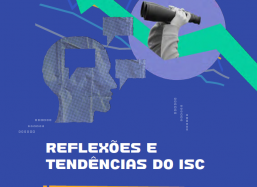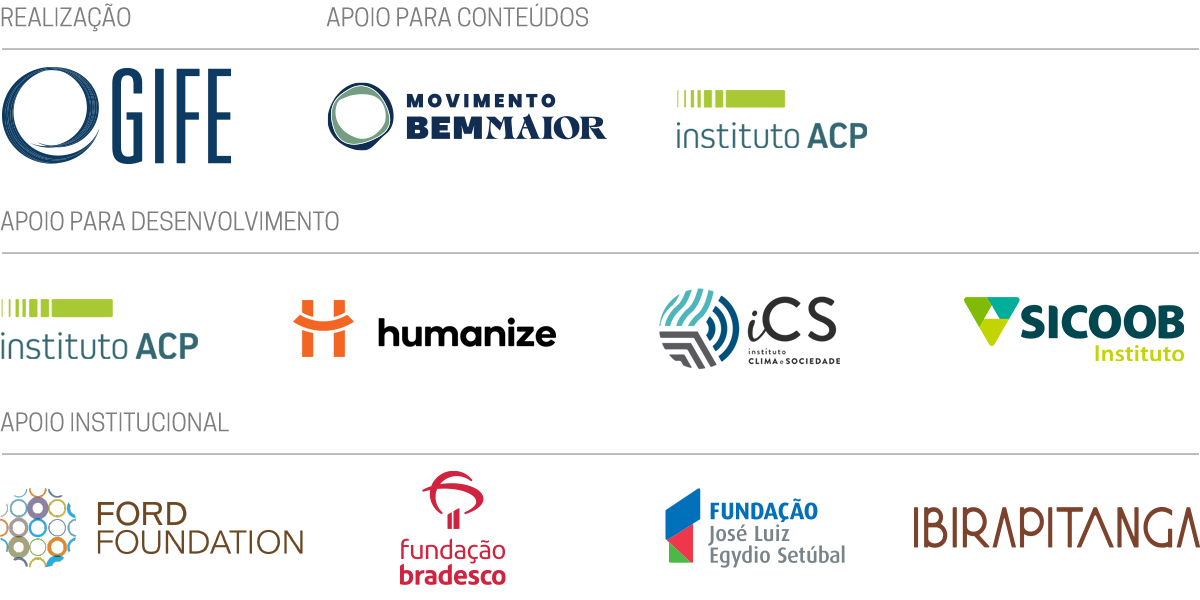Culture Resource Guide: Overview
2 de julho de 2018Acesse.
After more than 15 years promoting grantmaker practices that support nonprofit results, GEO is convinced that a strong culture inside foundations is critical for effective philanthropy. It’s virtually impossible to operate as an ally and partner to nonprofits if you are working inside a foundation whose values and culture run counter to that spirit.
GEO defines culture as “the collective behaviors and underlying assumptions of an organization.”
GEO is focusing on culture because of what we hear in our conversations with foundation leaders, staff, board members and nonprofits across the country. People at all levels in their organizations regularly tell us how an unproductive culture can get in the way of what their foundations have the capacity and the potential to achieve. They share that successful grantmaking — grantmaking that supports nonprofits to achieve meaningful results — requires more than a great strategy and execution plan; it also requires an intentional focus on culture.
These voices from philanthropy and the social sector are not alone in identifying culture as an often-neglected yet critical factor in an organization’s success. In a study released by Duke University and Columbia University in 2015, the majority of 1,800 CEOs and CFOs interviewed around the world indicated that culture is key in whether an organization thrives and succeeds in reaching its goals. In 2013, PriceWaterhouseCoopers released a report examining how culture enables organizational change, and 84% of respondents indicated that culture is critically important.
Why is organizational culture so important? Because it is transmitted in every interaction and communication inside and outside a foundation’s walls. It affects how staff and board members relate to and interact with each other as well as with nonprofits and external partners. It’s embedded in our grant application processes and reporting requirements, the content on our websites and social media feeds, and the design of our meetings and convenings. Whether we are intentional about it or not, our organization’s culture has broad ripple effects.
In addition, culture work should always be grounded in and aligned with your goals. Thinking about and working on organizational culture often can feel overwhelming – like there’s so much to tackle – and you don’t know where to begin. Identifying an organizational goal and thinking critically about how culture helps or hinders that goal gives us a place to start with this work that is both specific and achievable.
As part of GEO’s ongoing work on culture, we’ve conducted interviews with grantmakers from around the country and – while everyone’s culture journey is different – there are some common phases of culture work that most organizations go through. GEO has broken the work of shaping culture into four primary phases.
The phases are the following:
In many cases, culture work is not linear – you can move back and forth between the phases at any time. You may be hard at work trying to shift an element of your culture only to realize that you actually need to spend some more time understanding it. Just because you have moved from one phase to another does not mean work related to that phase is over – in some ways you’ll always be working to understand, assess, shift and tend to culture. But these phases are indicative of where the majority of organizational resources and energy are being directed.
For grantmakers who are new to culture work, or who recognize that their cultures aren’t all they need to be but aren’t sure what to do about it, the act of naming and prioritizing culture is the key first step to shifting culture. It provides the spark for collective work involving staff, trustees, nonprofits and others to assess the current culture of our organizations, explore the degree to which that culture is aligned with our values and strategies, and think about what the best culture might be for us and how we can get there together.
The following sections of this guide provide more perspective on each of these phases. We encourage you to explore these resources and to choose the tools that will help you build the culture that will best support you to achieve your goals.



